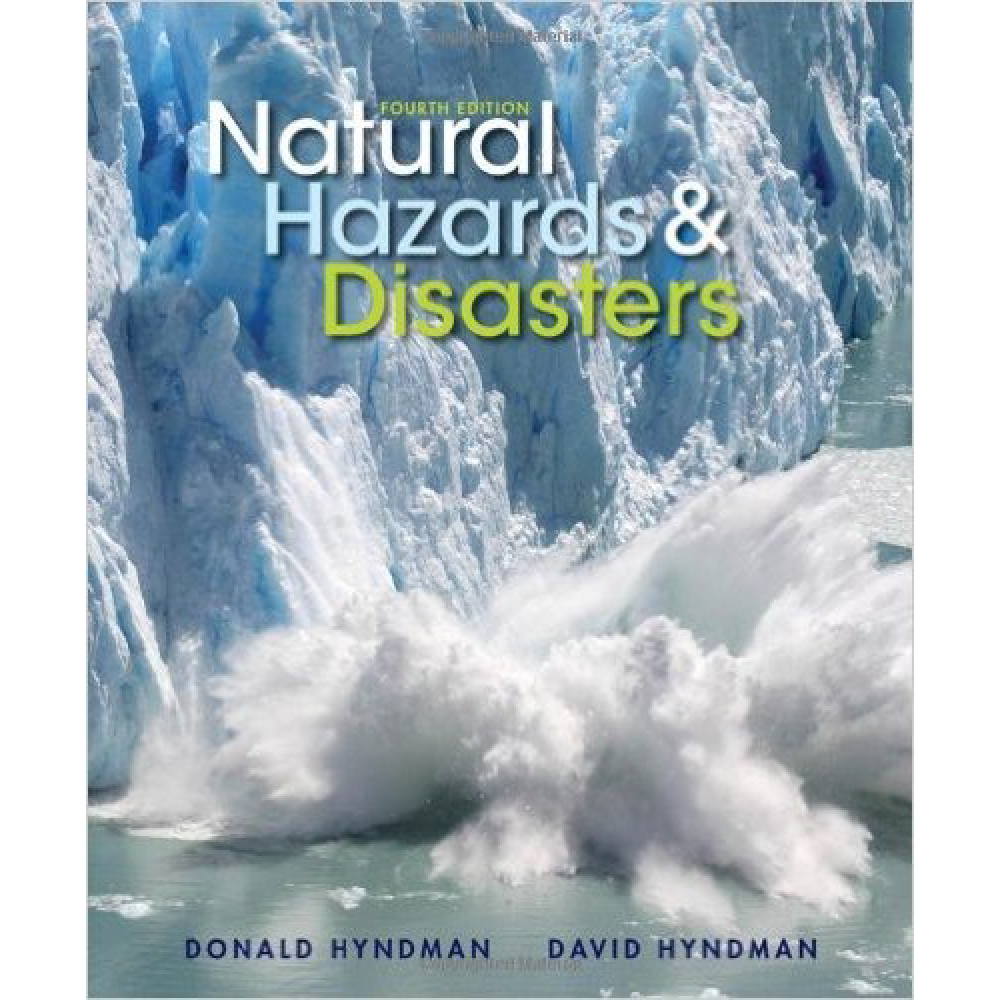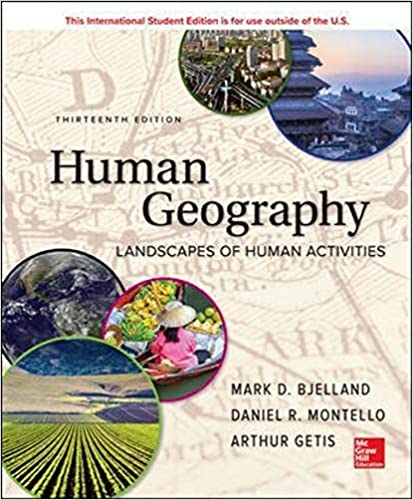Chapter 11
CLIMATE CHANGE
MULTIPLE-CHOICE QUESTIONS
1. Which change is NOT expected as a result of global warming?
a. increase in average atmospheric temperatures
b. increase in temperature of the North Atlantic Ocean off western Europe
c. sea level rise
d. increase in insect-borne diseases
e. more weather extremes
ANSWER: b
2. What do the vast majority of climatologists who have carefully examined the data agree on regarding human-induced global warming?
a. Human-induced global warming has begun and is increasing.
b. Human-induced global warming has begun, but it is decreasing.
c. Human-induced global warming has not yet begun, but should start by 2050.
d. Global warming has begun, but it is not human-induced.
e. Global warming has not begun.
ANSWER: a
3. Why is it warmer in the northern hemisphere in July than it is in December?
a. Earth is closer to the sun in the summer than it is in the winter.
b. The sun’s rays shine more directly on the northern hemisphere in the summer than in the winter.
c. There are more greenhouse gases, such as carbon dioxide, in the atmosphere in the summer than in the winter.
d. The sun’s energy output is greater in the summer than it is in the winter.
e. The size and shape of Earth’s elliptical orbit changes from nearly circular in the summer to highly elliptical in the winter.
ANSWER: b
4. Judge the following sentence: Even though water vapor has the greatest effect as a greenhouse gas, it is not normally discussed as one BECAUSE water vapor is completely natural and we have no control over it.
a. The assertion and reason are both correct.
b. The assertion is correct and the reason is incorrect.
c. The assertion is incorrect and the reason is correct.
d. Both the assertion and the reason are incorrect.
ANSWER: a
5. Which of the following is the largest reservoir of carbon?
a. atmosphere
b. deep ocean
c. shallow ocean
d. rock
e. soil
ANSWER: d
6. Which of the following is one of the largest human-caused emitters of sulfur dioxide?
a. passenger and freight trains
b. cars, trucks and busses
c. coal-fired power plants
d. air transportation
e. container ships
ANSWER: e
7. How are tree rings used as proxy data to provide an indirect record of past climate conditions?
a. Tree rings are thicker and the wood is denser when growing conditions are better.
b. Tree rings are thicker and the wood is lighter when growing conditions are better.
c. Tree rings are thinner and the wood is denser when growing conditions are better.
d. Tree rings are thinner and the wood is lighter when growing conditions are better.
e. Because of variable moisture levels, tree rings cannot be used as proxy data.
ANSWER: a
8. Greenhouse gases include all of the following except:
a. methane.
b. argon.
c. nitrous oxide.
d. carbon dioxide.
e. hydrofluorocarbons.
ANSWER: b
9. Which of the following statements about mitigation of climate change is NOT true?
a. The most direct way to slow the increase in greenhouse gases is to minimize population growth.
b. Conservation is an expensive way to reduce carbon output used in power production.
c. If the real costs of burning coal are included, the cost of wind energy is similar.
d. Injecting several megatons of sulfur dioxide into the atmosphere annually could block some of the sun’s incoming energy.
e. There is considerable opposition to a carbon tax in the United States.
ANSWER: b
10. A student was asked the following question. What are the major components of the Milankovitch cycle? The student answered: The important components of the Milankovitch cycle are variations in Earth’s orbit from nearly circular to elliptical, changes in the tilt of Earth’s axis of rotation, and variations in solar output due to sunspots. How would you rate this answer?
a. EXCELLENT: The student completely and correctly answered the question.
b. VERY GOOD: The student’s answer was complete, but included an additional component that was incorrect.
c. GOOD: The student’s answer was incomplete by one component and included a component that was incorrect.
d. FAIR: The student’s answer was incomplete by two components or included two components that were incorrect.
e. POOR: The student’s answer was incomplete by more than two components or included more than two incorrect components.
ANSWER: c













Reviews
There are no reviews yet.